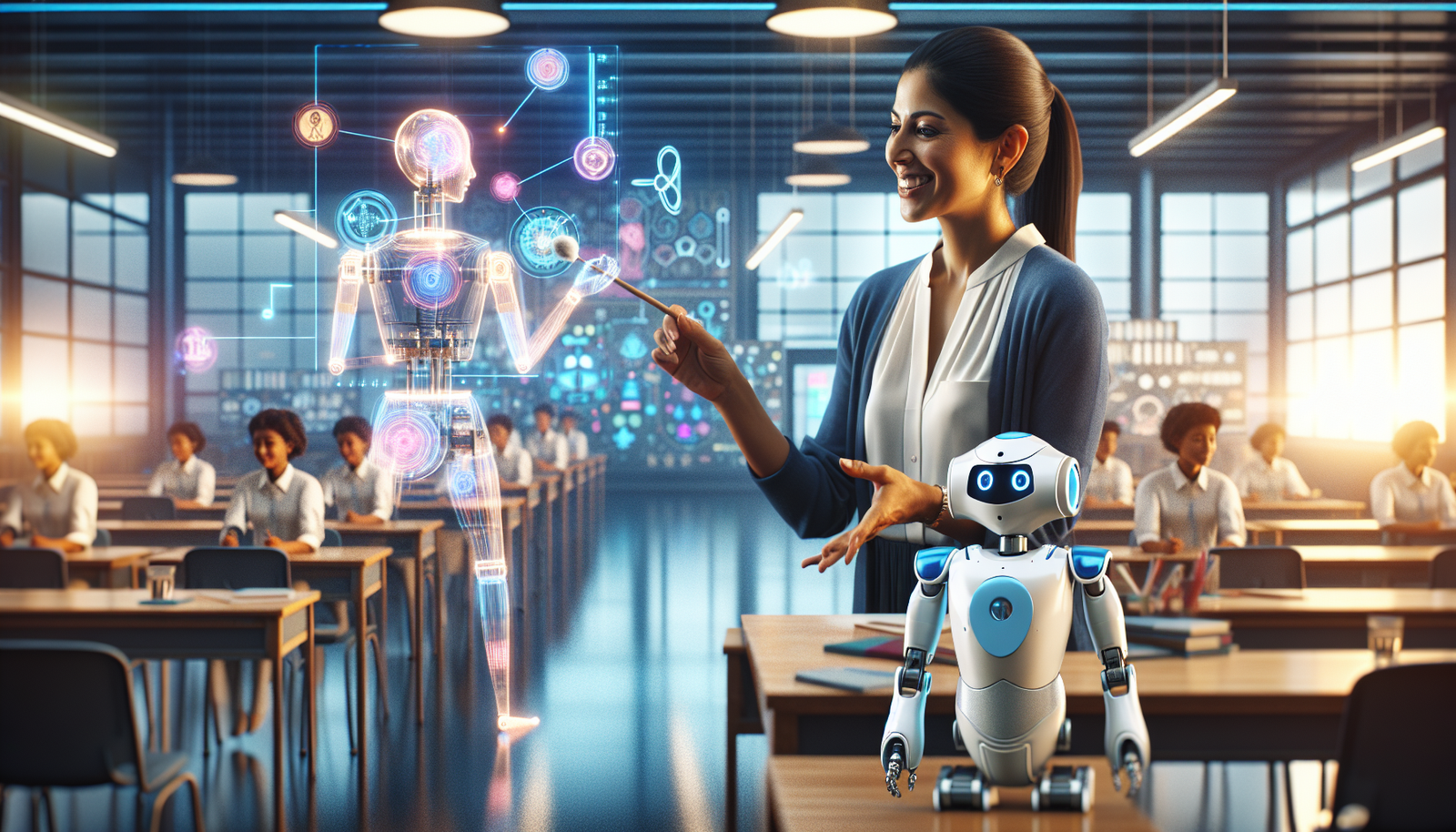Teaching a robot its limits radically transforms modern robotics. The safety of humans and machines relies on sophisticated adaptive capabilities. The challenges associated with open tasks require a consensus between technical performance and constraint management. Understanding the environment is essential to ensure a robot’s effectiveness in variable situations. The integration of advanced vision and planning models revolutionizes this pragmatic approach. Modeling actions safely becomes a necessity for automation. This process demands a rigorous methodology to ensure conclusive and reliable results. Revealing dynamic interactions between robots and the environment proves essential for fruitful collaboration.
Limits of Robots and Design of Open Tasks
Teaching a robot to know its limits represents a major advance in the development of automation. This involves teaching these machines how to interact with their environment while adhering to specific constraints. This training process enables the accomplishment of open tasks, which are tasks that do not follow rigid protocols and require some autonomy in decision-making.
PRoC3S Methodology
Researchers at MIT, within their Computer Science and Artificial Intelligence Laboratory, have developed an innovative method called “PRoC3S.” This approach, an acronym for *Planning for Robots via Code for Continuous Constraint Satisfaction*, seeks to establish a balance between language models and traditional robotic systems. The main idea is to use a large language model to generate an action plan that is then tested in a simulator, thereby ensuring the safety of execution.
Machine Vision and Constraint Modeling
This methodology relies on the use of vision models to analyze the robot’s immediate environment and model its physical constraints. These models allow the robot to perceive obstacles and devise a pragmatic action plan. For example, when a robot is tasked with cleaning a kitchen, it must understand not only how to avoid obstacles but also how far it can reach for objects.
Testing and Simulations
Tests conducted with PRoC3S show impressive performance in simulation. The robot successfully drew stars and letters with a success rate of over 80%. This also includes more complex tasks such as stacking blocks and the precise arrangement of objects on a surface. These results encourage the idea that robots can manage complicated tasks as long as they are properly instructed and guided.
Practical Applications
The promising results of PRoC3S have also been tested in real-world scenarios, notably on a robotic arm capable of placing blocks precisely. The system demonstrated its ability to execute pre-approved plans in a controlled environment, such as positioning colored blocks in the correct containers. These advances could revolutionize how household and industrial tasks are performed by robots.
Future Perspectives
In light of the results obtained, researchers are considering improving the system by using advanced physics simulations and developing more scalable data search techniques. The idea is to enable robots to perform more complex tasks, especially in dynamic configurations, such as executing multiple steps in a domestic setting, for example, preparing a meal.
Collaboration between Language Models and Robotic Systems
The collaboration between language models and robotic systems proves essential. Pre-trained language models provide a framework for understanding tasks, while robotic systems offer a concrete approach to their execution. This crossover of technologies contributes to achieving previously deemed impossible robotics challenges.
Security Concerns
Safety remains a priority in the use of autonomous robotics. Researchers warn of potential dangers if large models, such as those used for robotic control, cause erroneous behaviors. New approaches, like PRoC3S, provide guarantees by combining language models for mission guidance while integrating artificial intelligence techniques specialized in decision-making.
Collaborative Approach for the Future
Research findings indicate that the combination of planning-based reasoning and supervised learning methods could lead to robots capable of performing a broader range of tasks. Implementing these systems could transform our interactions with technology while ensuring reliable and secure actions.
Additional Information
For more information on security issues in artificial intelligence, check out this article on the international cybersecurity agreement. Also discover how an integrated multi-modal detection system could enhance robot performances.
Frequently Asked Questions
Why is it important to teach robots their limits?
Teaching limits to robots is crucial to ensure they perform tasks safely and effectively in complex environments, thus reducing the risk of potential errors that could cause harm or accidents.
How can robots learn about their physical constraints?
Robots can learn about their physical constraints through the use of vision models that allow them to analyze their environment and identify nearby objects or obstacles, helping them adapt their actions accordingly.
What types of tasks can be considered open tasks for robots?
Open tasks for robots include activities that are not fully defined in advance, such as tidying up a room, cooking, or performing home assistance missions, requiring dynamic planning and real-time adaptation.
How does the PRoC3S strategy help robots execute action plans?
The PRoC3S strategy allows robots to generate action plans that are tested in a simulator to ensure their validity and safety before being carried out in the real world, thus guaranteeing correct task execution.
What are the main challenges faced when teaching robots their limits?
The main challenges include accurately modeling physical constraints, managing the complexity of the environment, and a robot’s ability to adapt to unforeseen situations while respecting its programmed limits.
How do linguistic models contribute to robot learning?
Linguistic models provide a structure for designing action plans, enabling robots to better understand human instructions and translate them into actionable steps, while integrating verification mechanisms to ensure that these actions respect the robot’s physical limits.
What role does simulation play in robot learning?
Simulation plays an essential role by allowing robots to experiment with different action strategies in a virtual environment before applying them in the real world, reducing the risk of failure and allowing for necessary adjustments.
What benefits can teaching robots their limits bring in a domestic context?
Teaching robots their limits in a domestic context improves safety, reduces errors during the execution of various tasks, and ensures reliable assistance to users, thus facilitating daily life and increasing user confidence in these technologies.






